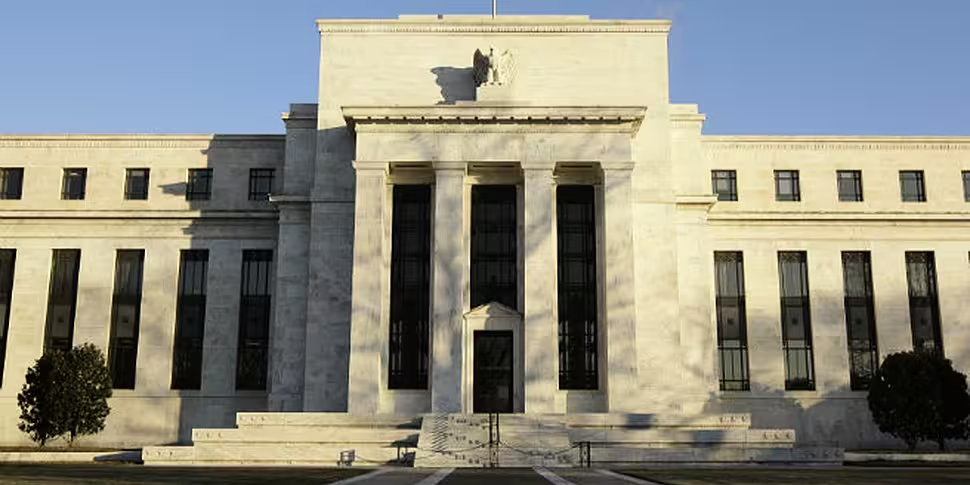The US Federal Reserve has kept interest rates on hold, shying away from what would have been the first hike in nearly a decade.
The world's most powerful central bank said it had left the cost of borrowing at historic lows because of a weak global economy, low inflation and unstable stock markets.
The Fed's action was approved on Thursday in a 9-1 vote.
It said in its policy statement after a two-day meeting that "recent global economic and financial developments may restrain economic activity somewhat".
The Fed added that it was "monitoring developments abroad", a nod to volatility in China, the world's second-largest economy.
Stocks ended mostly lower on Thursday after a jittery day overshadowed by the prospect of a first US rate rise since 2006.
Fed chair Janet Yellen cited the slowdown in China and other emerging markets in a news conference explaining the decision.
She also said the US housing market remains "very depressed".
Rates have remained fixed at 'practically zero' within a range of 0% to 0.25% since 2008 during the Great Recession.
An era of cheap money - to help boost lending in the wake of the credit crisis - has fuelled stock market values to record levels.
A rise would have been passed on to investors and consumers who would have paid more for mortgages, car loans and business borrowing.
Economists argue gradual rate increases are now needed to help prevent new bubbles in housing costs and stock markets.
The recovery in jobs demanded by the Fed appears to be in full swing, with the jobless rate currently standing at 5.1%.
The Fed said it anticipates the unemployment rate falling to 4.8% next year.
Almost 13 million jobs have been added to the US economy since 2010 following the 8.7 million lost in the recession.
But low oil prices and a high-priced dollar have kept inflation undesirably low.
Ms Yellen and her colleagues on the Federal Open Market Committee had been urged by the International Monetary Fund and World Bank, among other bodies, not to move because the rest of the world is not ready.
As well as the slowdown in China and other emerging markets, the eurozone is in the middle of a quantitative easing programme.
Fed officials meet again in October and December.









